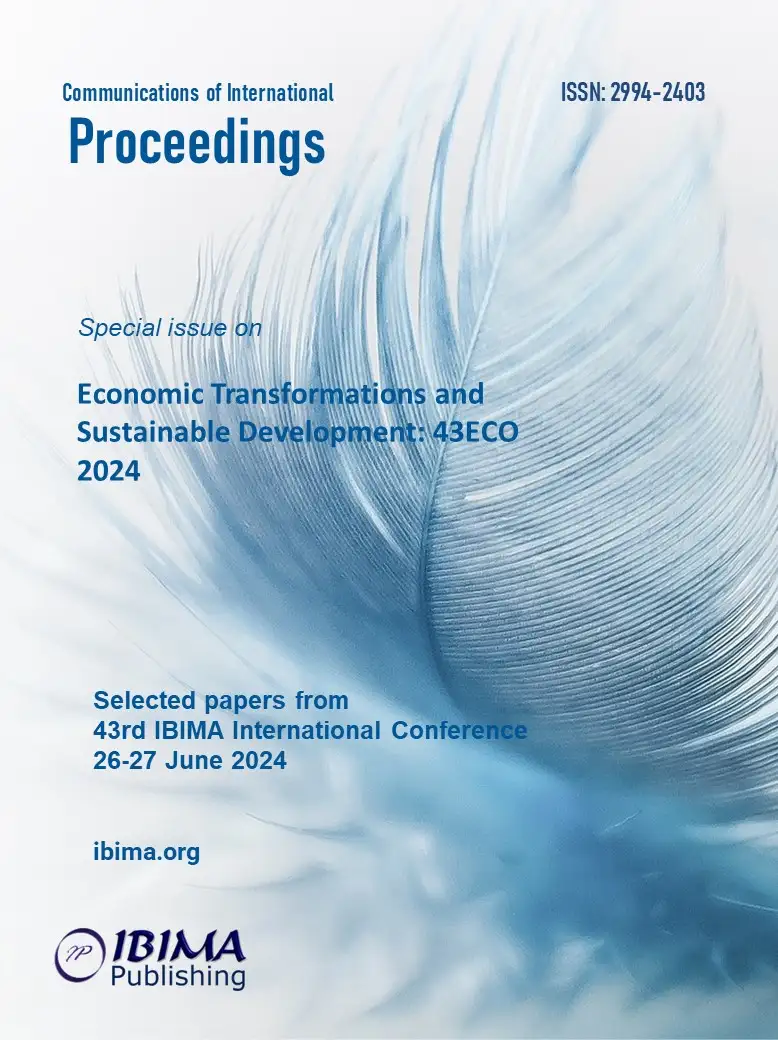
Svetlana S. MORKOVINA, Elena A. KOLESNICHENKO and Raisa V. MOMOT
Voronezh State University of Forestry and Technologies named after G.F. Morozov, Russia

The article presents conclusions based on the results of analytical and experimental work devoted to the formation of economic foundations and the determination of prospects for the use of environmentally safe biofertilizer from wastewater sludge. In Russia, wastewater sludge production is estimated at 2.5 million tons of dry matter per year and accounts for 30-45% of the total amount of production and consumption waste. The purpose of this article is to develop the composition of an organic fertilizer from wastewater sludge, an economic justification for the feasibility and experimental confirmation of the safety of using the resulting fertilizer in soils. Based on analytical studies of wastewater sludge processing directions, the capacity and needs of the biofertilizer market, a comparative analysis of the main producers and consumers of these products, an economic justification for the feasibility of producing biofertilizer from wastewater sludge is presented. As a result of comparative studies, a fertilizer was created from wastewater sludge and sunflower husks. Fertilizer has a positive effect on the growth and development of plants. Using the example of peas of the Alpha variety, it was found that with a 1:1 component ratio and a 20% dose of soil application, the biomass of the root system increased by 18.5%, the root length by 54.6%, and the stem length by 77.1%. The germination of pea seeds has increased by 2 times. The germination energy corresponded to the control indicator. Experimental samples of a new biofertilizer from WS and sunflower husks comply with the requirements of GOST 59 748-2021 «Technical principles of wastewater sludge treatment» and SanPiN 1.2.3685-21 «Hygienic standards and requirements for ensuring the safety and (or) harmlessness of environmental factors to humans». With the identified demand for biofertilizers, a net profit of 191350 thousand rubles is planned with a payback period of 5.7 years. The net present value of the project will amount to 23919 thousand rubles with an internal rate of return of 30.3%.